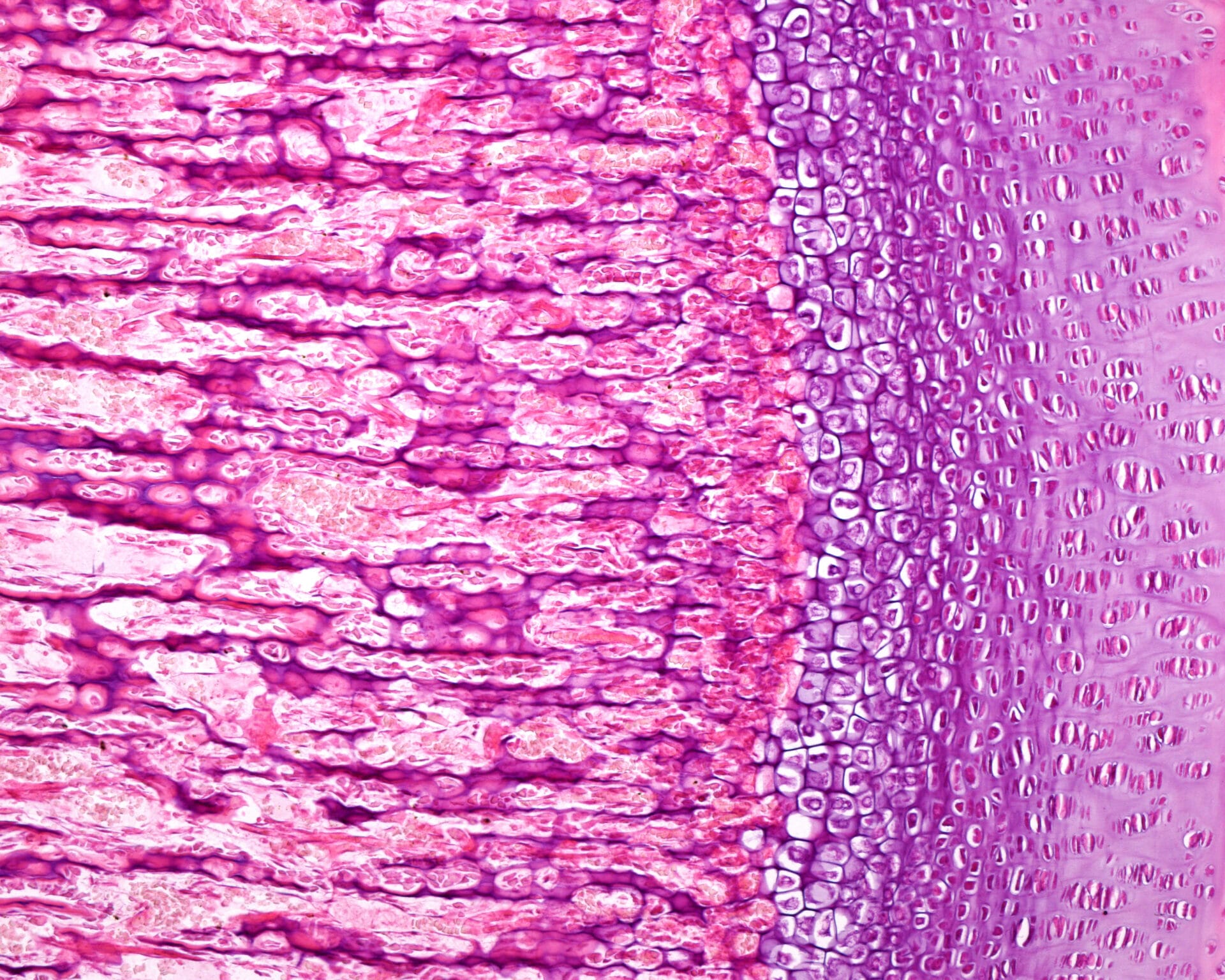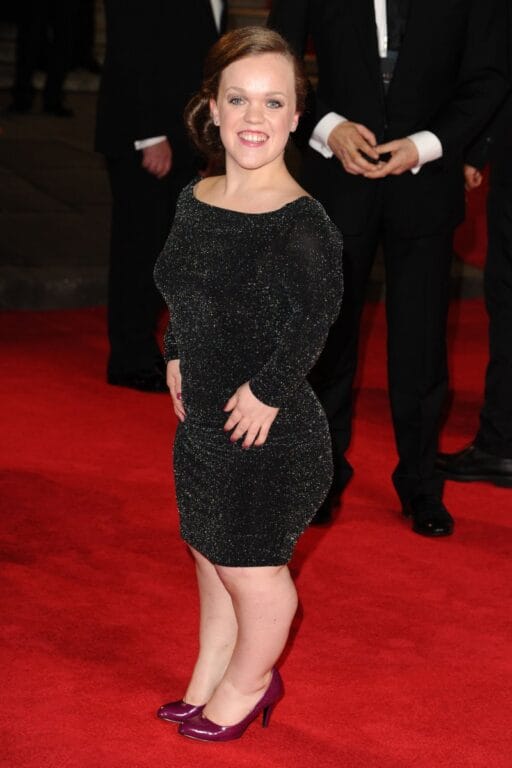What is achondroplasia?
Developing long bone. Image credit: Science Photo Library

Achondroplasia is a genetic condition that affects bone development and results in short-limb restricted growth.
- Achondroplasia is the most common form of short-limb restricted growth, sometimes referred to as dwarfism.
- It’s a condition where bone tissue does not develop as expected, especially the long bones of the arms and legs.
- It affects about 1 in 25,000 individuals of all ethnic groups.
What is achondroplasia?
- Achondroplasia is a genetic condition caused by mutations in the FGFR3 gene on chromosome 4.
- It’s a dominant genetic condition, so only one copy of the FGFR3 gene needs to be affected for symptoms to develop. Two different mutations in the gene cause more than 99% of all achondroplasia cases.
- Achondroplasia can be inherited from a parent with the condition. However, more than 80% of people with achondroplasia have parents unaffected by the condition and develop the condition as a result of a new mutation in the FGFR3 gene.
What is the biology of achondroplasia?
- The FGFR3 gene codes for a protein called fibroblast growth factor receptor 3 (FGFR3): To break that down further:
- Fibroblasts are cells that make the collagen and other structural materials in our tissues and bones.
- A growth factor is a protein that stimulates cell growth.
- A receptor is a molecule on the surface of cells that binds with other molecules outside of the cell, enabling the cell to respond to external stimuli.
- The FGFR3 protein is a receptor that spans the cell membrane so that one end is inside the cell and the other is outside. This allows the protein to interact with growth factors outside the cell and receive signals for growth and development.
- Bones develop from cartilage by a process called ossification, which uses calcium to create hard, strong bone. It starts from about the sixth week of embryonic development and continues through to adulthood.
- The FGFR3 protein helps to control bone growth by limiting the ossification process. It does this when it binds to certain growth factors, which ‘switch on’ the FGFR3 protein.
- However, mutations in the FGFR3 gene lead to a change in the FGFR3 protein. This leads to either an absent or damaged FGFR3 protein, unable to interact with external growth factors and control ossification.
- The result is that cartilage doesn’t turn into bone, leading to symptoms associated with achondroplasia.
What are the symptoms of achondroplasia?
- People with achondroplasia have shorter bones, particularly in the thigh and upper arms – known as rhizomelia.
- People usually reach a height of 120 cm (four feet).
- Their thighs and upper arms are more affected because they have longer bones and larger growth plates (regions of the bones where growth occurs). Their lower legs and forearms are less affected because their growth plates are smaller.
- People with the condition usually have shorter hands and feet with separation between the third and fourth digits. They may have larger heads which can result in hearing loss and an increased susceptibility to infections.
- Children with achondroplasia might take longer to learn to sit, crawl and walk than children without the condition. They may also develop a curved spine and bowed legs, which can cause back and leg pain in adulthood.
- In severe cases, atypical structure of the skull and vertebrae can cause compression of the spinal cord, resulting in paralysis and breathing difficulties.

How is achondroplasia diagnosed?
- Achondroplasia is generally diagnosed by bone measurement during physical examination or after X-ray.
- Prenatal diagnosis is recommended if one or both parents are already affected by the condition.
How are people with achondroplasia supported?
- Some children with achondroplasia are given growth hormones to help increase their growth.
- Some people have surgery to increase their leg length, prevent spinal compression, or modify bowed legs.
- If a person has fluid on their head, it may be necessary to drain the fluid to relieve pressure on the brain, or test for hydrocephalus, a condition where spinal fluid builds up inside the skull.